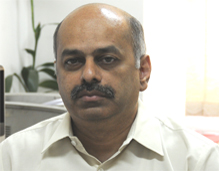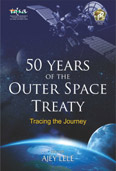Dengue: A Germ with Weapon Potential
In May 2002, the then US Undersecretary of State for Arms Control, John Bolton, in his speech at the Heritage Foundation had accused Cuba of having a limited offensive biological warfare programme. But a cursory examination of history shows that the Cubans were in fact 'victims' of American 'germ' attacks in the past.
- Published: October 19, 2006











